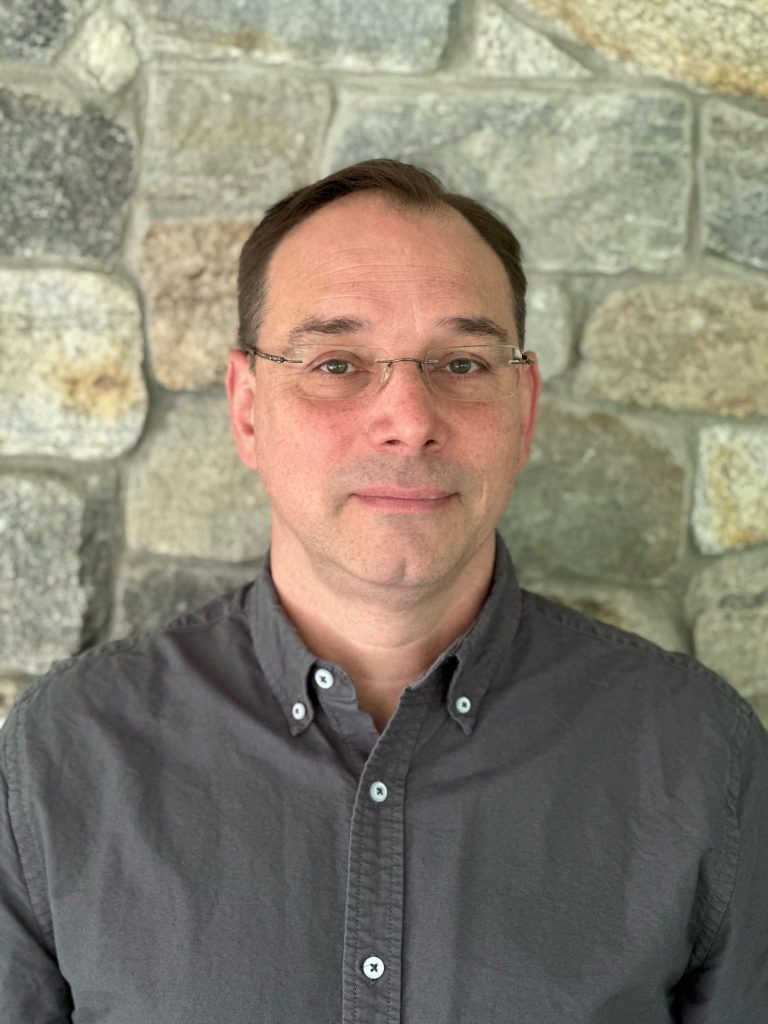We talk to Tom Nadeau, CTO, Spirent Communications about what makes him tick.
What would you describe as your most memorable achievement?

Spearheading and executing the first deployment of an open source-based 5G mobile core, which also happened to be the first 5G production deployment in North America. This project marked the first use of a disaggregated software and hardware stack in such a deployment, including open-source components. Unlike traditional deployments that typically involve purchasing a pre-packaged system from a limited pool of vendors, this was a more open approach. This project signified a shift in deployment strategy and approach.
What first made you think of a career in technology?
I’ve always had an engineer’s curiosity, taking things apart just to understand how they work and then putting them back together. This fascination with the mechanics of things naturally evolved into a desire to build and create. I see myself as a builder, solving problems with creativity that have real-world implications. There is immense satisfaction in creating products used by many people, like the 5G mobile core I worked on.
What style of management philosophy do you employ with your current position?
It’s centered on team building and trust in my team members. Team composition is important and ensures potential hires align well with the existing team dynamics and philosophy. This is a lesson I learned from my first job, where the interview process lasted two days and involved intense coding sessions. It was daunting but taught me the value of investing time in selecting the right team members.
This approach creates a dynamic and evolving team culture, encouraging continuous feedback and improvement. In my teams, everyone, including myself, is open to criticism and improvement. We don’t subscribe to hierarchical barriers; rather, we foster a collaborative and collegial environment focused on problem-solving.
What do you think is the current hot technology talking point?
Generative AI and Machine Learning are hot topics right now. The rise of GPT in Machine Learning has opened a world of opportunities, from advanced search capabilities to automation and beyond. There’s also a host of other potential applications just waiting to be discovered. My team has found integrating generative AI/ML into our workflow relatively seamless. We started exploring Machine Learning even before it became mainstream, incorporating it into one of our new products last year.
How do you deal with stress and unwind outside the office?
I engage in activities that are unrelated to my professional work, allowing myself to disconnect. However, my engineer’s spirit is never far away. I own a farm where I enjoy building various things as well as spending time working on my tractor. I also pursue building hi-fi audio gear and woodworking projects in my spare time.
If you could go back and change one career decision, what would it be?
One that stands out was early in my career. I wasn’t prepared to navigate the unique cultures and personalities within a company, which led to some friction between myself and a colleague. That experience taught me the importance of owning up to my mistakes and working through them.
What do you currently identify as the major areas of investment in your industry?
Generative AI and Machine Learning are the prime areas of investment in our industry. Automation is another area attracting considerable resources, and it’s something we at Spirent heavily focus on.
In light of recent economic conditions, companies are seeking ways to maximize the value of their existing processes and systems. This isn’t about reducing workforce, but about equipping them with more efficient tools that will help them be more productive. The goal is to eliminate repetitive tasks, freeing up individuals to focus on other more valuable aspects of their work.
What are region-specific challenges when implementing new technologies in North America?
With 5G, the primary challenge lies in saturation. The major service providers in North America have already deployed 5G. However, this saturation is driving an increase in automation as these technologies continue to be deployed.
With testing, we’re seeing the emergence of ‘testing as a service’.
Companies are beginning to recognize the necessity of continuous automated testing of services and infrastructure, rather than a sporadic, one-off activity.
Another area presenting both challenges and opportunities is the private 5G space. Private 5G is deployed for enterprises of all sizes, which traditionally have smaller operational budgets and resources compared to the top-tier telcos. The real task lies in the packaging and operation of such solutions.
What changes to your job role have you seen in the last year, and how do you see these developing in the next 12 months?
I still engage in engineering, but my role has expanded to include operations, technology direction, customer and partner engagement.
Looking forward, my focus will be on expanding the business into new areas, customers and technology domains. Although this involves a considerable amount of engineering and technology, it also requires an entrepreneurial, business-oriented approach.
What advice would you offer someone as aspiring to obtain a C-level position in your industry?
Find a mentor and an executive coach. These two roles have been crucial in my journey to becoming a CTO. Career trajectory advice is essential and for many engineers a lot of the non-technical aspects of the job are often only learned on the job with an unfortunately wide range of mastery by the engineer. There are certain skills that may not be immediately apparent but are crucial for progression including leadership roles. For engineers, these often fall into the ‘soft skills’ category, such as interpersonal skills and dealing with external stakeholders.
Click below to share this article

